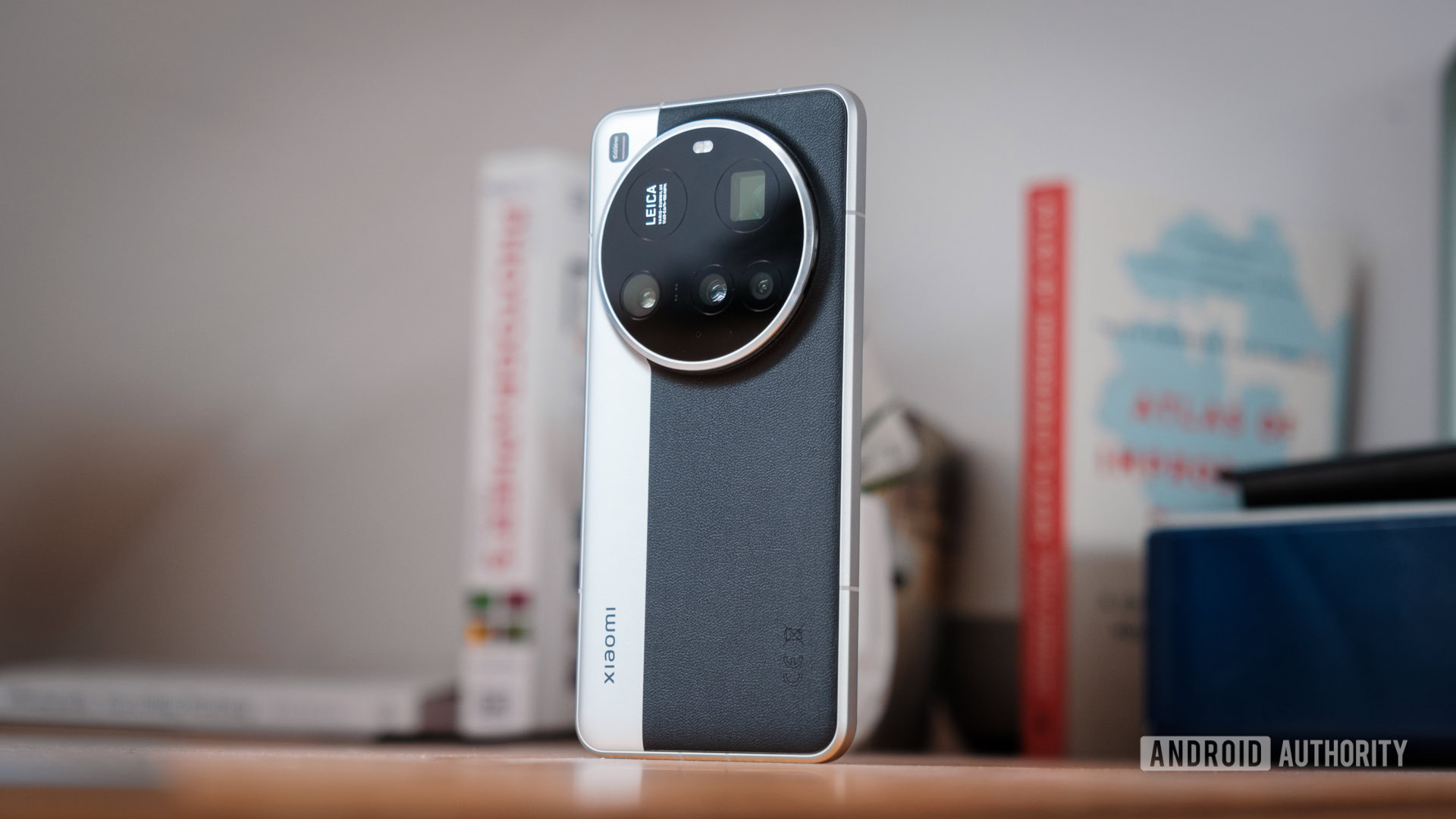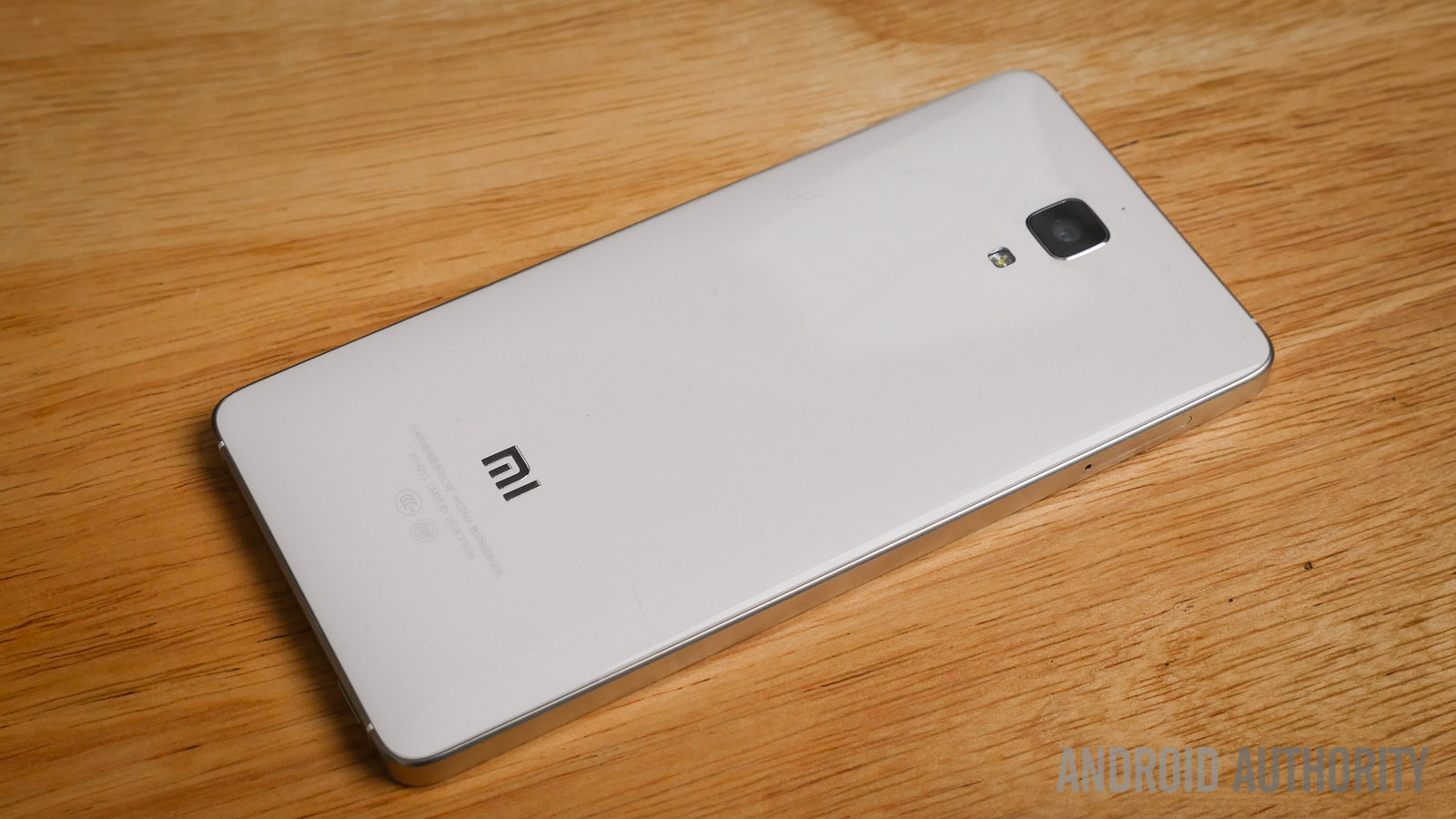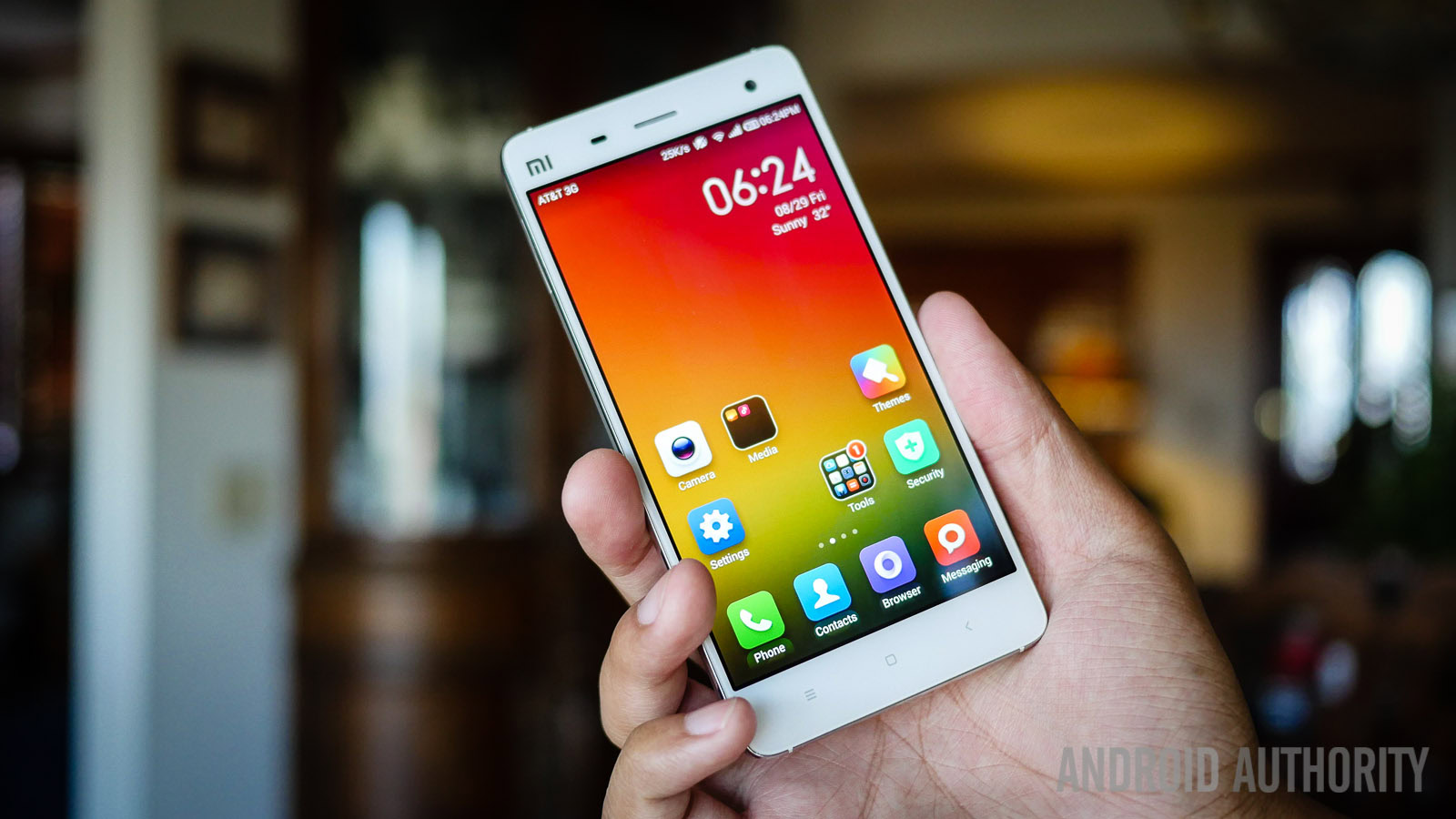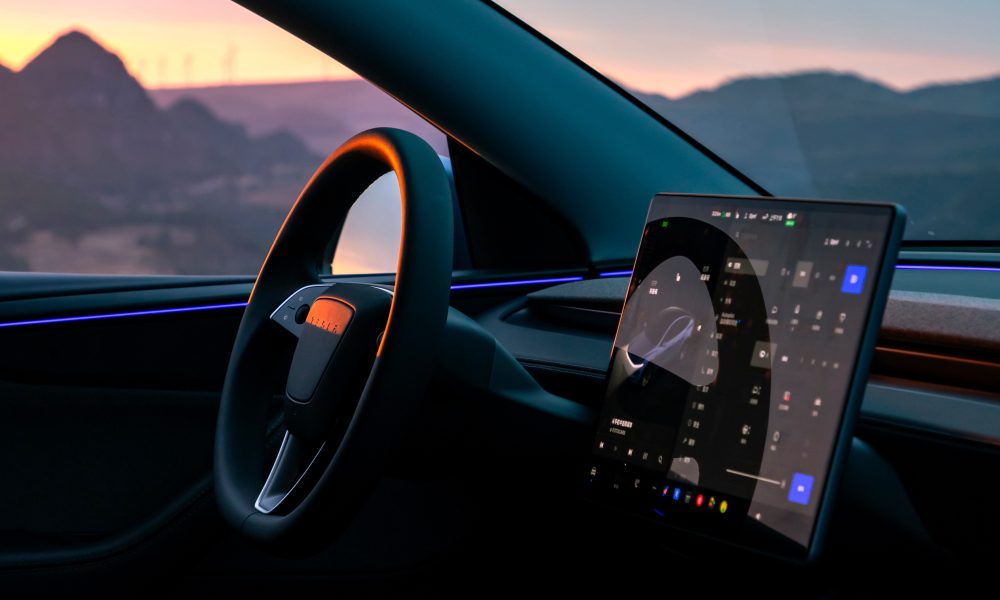For one short-lived moment in 2016, Xiaomi smartphones were available to buy from a US carrier. Not through some sketchy importer or Amazon listing — we’re talking about a real wireless provider, with things like plans and warranties. US Mobile, a small MVNO that runs on T-Mobile’s network, briefly added Xiaomi and Meizu phones to its online storefront and declared itself the first legitimate US carrier to sell them.
That lasted about a day, followed by some awkward press statements and hasty backpedaling. With both Xiaomi and T-Mobile making dissenting noises, US Mobile was quickly forced to reverse its bold move and yank them offline almost immediately.
Wondering how it happened? Here’s a simple rundown of how the grand plan quickly went off the rails.
Would you like to see Xiaomi phones officially sold in the US?
1 votes
Why Xiaomi phones are hard to find in the US

Robert Triggs / Android Authority
Xiaomi is a household name and a major smartphone player in regions like Europe, India, and China. It’s built a reputation for selling feature-packed phones at strikingly low prices — think flagship-tier specs for mid-range money. In 2025, that winning formula has helped the brand soar to a consistent third place in quarterly smartphone sales, behind only Apple and Samsung.
But in the US, it’s a different story. Xiaomi has never officially launched a smartphone here, and if you’ve walked into a carrier store, you’re not going to find one next to the latest iPhone or Galaxy device. Part of the reason comes down to the way phones are sold in the US. The carrier model dominates, with phones typically sold via financing deals, trade-in offers, and sometimes a bit of carrier bloatware baked in. For a manufacturer like Xiaomi, which thrives on tight margins, that level of customization and partnership agreements may not be worth the effort.
Many US tech fans see Xiaomi phones as offering excellent value.
Then there’s the issue of compatibility. Many Xiaomi phones don’t support all the 4G and 5G bands used by US networks, especially T-Mobile and Verizon. That can lead to patchy service or limited speeds. Combine that with Xiaomi’s MIUI software, which puts a heavy skin over Android and isn’t to everyone’s taste, and it’s easy to see why US carriers might not be eager to jump in. And while Xiaomi hasn’t been targeted quite like HUAWEI, the political climate hasn’t exactly made things easier for Chinese tech brands trying to expand in the US.
Still, that hasn’t stopped US buyers from taking an interest. Many US tech fans see Xiaomi phones as offering excellent value, and some have been willing to import them, despite the limited network support and lack of warranty. You’ll find plenty of global models listed on Amazon in the States. In that context, US Mobile’s brief stunt in 2016 wasn’t just bold — it tapped into a real, unmet demand.
The one-day sale that wasn’t

On January 12, 2016, US Mobile launched its new online store, which included several Xiaomi and Meizu phones. It marked the first time a US carrier was offering Xiaomi and Meizu phones to customers, with US Mobile promising support for setting them up on its prepaid plans.
Technically, US Mobile wasn’t selling the phones directly. Its online marketplace was a platform that allowed third-party vendors to offer devices compatible with US Mobile’s network. The company framed this as a way to give customers more choice, even if the phones weren’t officially approved by US Mobile or the brands themselves.
T-Mobile reportedly asked the MVNO to pull the phones.
That nuance wasn’t enough to avoid trouble. Within a day, Xiaomi publicly distanced itself from the move, saying in a statement that US Mobile was “not authorized to sell Xiaomi products in the US.” The company expressed confusion about how the phones were sourced and made it clear it had no partnership with the carrier.
To complicate matters further, T-Mobile, whose network US Mobile relies on, reportedly asked the MVNO to pull the phones while they were being tested for network compatibility. US Mobile complied, taking down the listings almost immediately and posting a short blog update that vaguely explained the phones had been removed. It stated, “We will continue to work with our enabling carriers to try to certify these phones on their network.”
That was the end of it. There was no relaunch, no official partnership, and no Xiaomi comeback. US Mobile’s experiment was over almost as soon as it started, leaving only a handful of archived news stories and confused tech fans in its wake. Xiaomi still sells plenty of gadgets in the US, but nearly a decade later, you still won’t find its phones on any US carrier shelves.









